Stainless steel pipe elbows are common fittings in piping systems, primarily serving to change flow direction and reduce stress concentration. They are widely used in industries such as petroleum, chemical, food, and pharmaceuticals, requiring high corrosion resistance, strength, and precision. Elbows can be produced in a variety of ways, including hot forming, stamping, extrusion, and welding.
Raw Material Preparation
Material Selection: Commonly used stainless steel sheets or tubes include
304,
316L, 321, and 310S.
Cutting: Cut tubes or steel plates to the appropriate length and thickness based on the elbow's specifications.
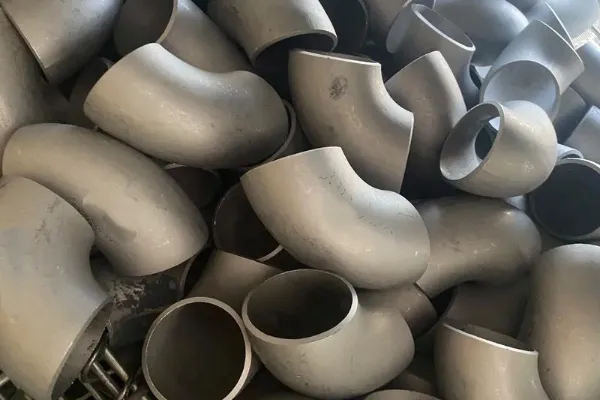
1. Hot forming
This is the most common process for producing seamless stainless steel elbows, relying primarily on a forming machine, a mandrel, and a heating device. The cut tube is placed on a die, heated, and gradually bent into shape by the forming machine. This process utilizes the principle that the volume of the steel pipe remains constant before and after plastic deformation. Heating compensates for this loss by preventing thinning caused by diameter expansion, resulting in an elbow with uniform wall thickness. Hot forming elbows offer aesthetically pleasing appearance and consistent quality, making them suitable for mass production and the most widely used forming method.
2. Stamping and Extrusion
Stamping elbows were previously a common process for mass production. While it has been replaced by hot stamping, they are still used for elbows with low production volumes, special wall thicknesses, or customized requirements. The process involves placing tubing of the same diameter as the elbow into a die and directly pressing it into shape using a press. Stamping can be categorized as cold stamping or hot stamping. However, due to stretching at the outer arc, the thickness is reduced by approximately 10%, resulting in inferior quality and appearance compared to hot stamping. However, the cost is lower and it is suitable for small-batch production of thick-walled, high-pressure elbows.
Extrusion uses specialized equipment to place the tubing between inner and outer dies, where it is pushed along the gap by a push rod. Cold extrusion produces elbows with aesthetically pleasing appearance, uniform wall thickness, and high precision, making it particularly suitable for thin-walled stainless steel elbows. However, it places stringent demands on die precision and tube quality.
3. Welding
For large-diameter elbows (e.g., DN800 and above), other processes are no longer feasible, leaving welding as the only option. This method involves rolling stainless steel sheet into the elbow shape and then butt-welding the result. Post-weld X-ray inspection is required to ensure weld quality. Although not as refined as heat-pressed or extruded elbows, they are irreplaceable for extremely large diameters.
4. Post-Processing
Regardless of the forming method, elbows typically undergo the following:
Heat treatment: To eliminate internal stresses and improve corrosion resistance.
Machining: End cutting, chamfering, and turning to ensure installation accuracy.
Surface treatment: Pickling, polishing, or sandblasting to enhance corrosion resistance and aesthetics.
Inspection and testing: This includes dimensional measurement, non-destructive testing, and mechanical testing.
Key Process Steps and Quality Control
In addition to the forming process, the quality of elbows also depends on the following steps:
The welding process is particularly critical for butt-welded elbows. TIG welding for the base and manual metal arc welding for the top are commonly used. The weld joints must be cleaned and filled with argon to prevent oxidation and ensure weld quality.
Heat treatment optimizes mechanical properties. Common methods include annealing, quenching, and tempering. Stainless steel elbows typically require solution treatment to restore corrosion resistance and relieve stress.
Surface treatment and inspection include shot peening for descaling, polishing, and pickling to form a protective film and enhance corrosion resistance. Finished products also undergo dimensional measurement, nondestructive testing, and pressure testing to ensure compliance with standards.






 English
English Español
Español بالعربية
بالعربية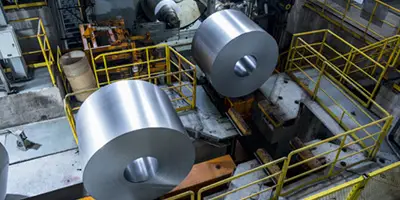

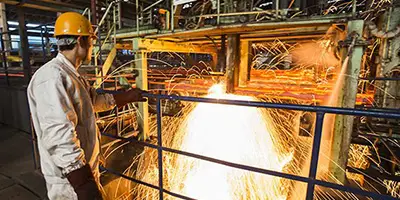
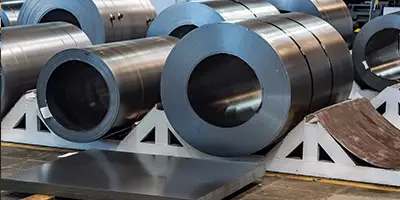

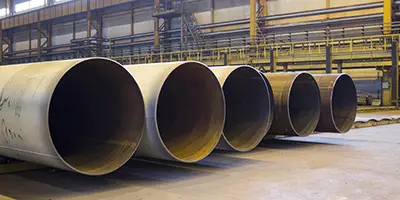
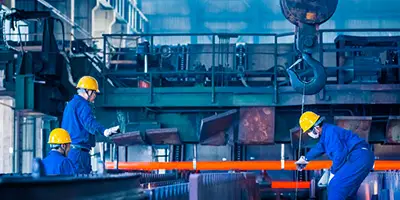
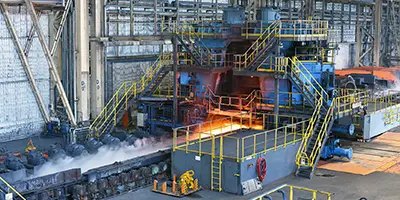
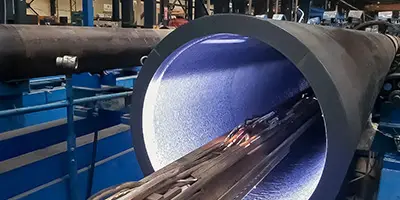
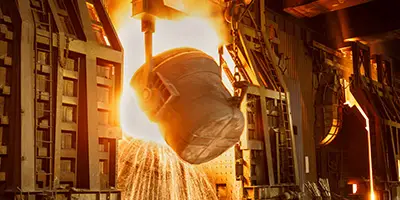


 Phone :
Phone :  Whatsapp :
Whatsapp :  Email :
Email : 


